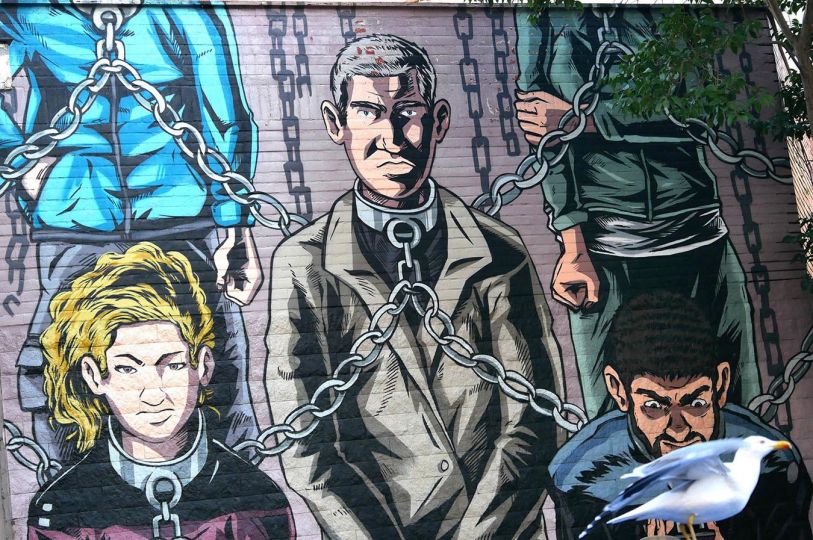Nearly 63 million children in rural China live with their grandparents or other relatives while their parents work in the cities. Others live alone. These children, known as the “Left Behind Children” suffer the emotional trauma of separation and also of a multi-generational divide. Many only see their parents once a year during the Chinese Spring Festival.
Others have even less contact like 13-year-old Tan Dong. He was ‘left behind’ when he was two years old. He lives with his elderly grandmother who has health issues. Dong’s father died while he was working away and his mother has failed to return for some years now.
Chinese-Australian photographer Tami Xiang’s series Peasantography: Family Portrait is a visual study of these Left Behind Children from an insider’s perspective. Xiang, who now lives in Perth (Western Australia), grew up in Wanzhou a district of Chongqing in the Yangtze Three Gorges region. On a visit to her hometown in 2014 she began to take family portraits of neighbours and friends.
“I realised that these ‘family portraits’ predominantly consisted of children and their grandparents, the parents were a noticeable absence.”
Since those first portraits Xiang has photographed and interviewed hundreds of children and their families creating a series of what she calls “dystopian family portraits” which comprise her body of work, Peasantography.
In Peasantography, Xiang has created an installation artwork comprising three elements. The first features a portrait of the children and their carers on one side and the parents on the other. Dividing these portraits are the actual transport tickets the parents used to return to their children. Then there are the portraits over which Xiang has woven these tickets into a pattern designed to replicate the design traditionally used in rural areas to make baskets.
And finally there is the massive floor print where hundreds of children’s faces look up at the family portraits hung on the walls, evoking a sense of the longing they feel in the absence of their parents.
Xiang says the phenomenon of the Left Behind Children touched her even more deeply when she realised it was something her own family had experienced. “My nephew was left behind when he was eight years old. It was, in fact, originally my suggestion that my financially burdened brother and sister-in-law leave him to live with my mother while they worked in ZhuHai close to Macao where there are many manufacturing companies.”
It is a familiar story in rural China where employment options are scarce and parents are forced by economic circumstances to move away for work. China’s Household Registration policy, the Hukou system, means that children have to attend school where their family is registered. In China you are either an urban or rural resident.
The Hukou system “also means that migrant workers from rural areas have little or no opportunity to become permanent urban residents,” she explains. In December 2015 the Chinese government determined to grant residency status to a number of rural migrant workers, but this issue faces tens of millions.
Many of these ‘left behind’ children suffer depression, loneliness and other mental health issues. Xiang says these children represent an entire generation growing up without knowing the love and support of a parent. They live in underdeveloped regions where educational opportunities are limited and mental health services virtually non-existent.
This is an important story to tell from both a humanist perspective and also in relation to the ramifications for China as a growing world power. The success of any country is its people.
Alison Stieven-Taylor
Tami Xiang – Peasantography: Family Portrait
September 28 – October 8, 2018
Cullity Gallery (UWA Campus)
Cnr. Clifton St and Stirling Highway
Nedlands (Perth, Western Australia).
















